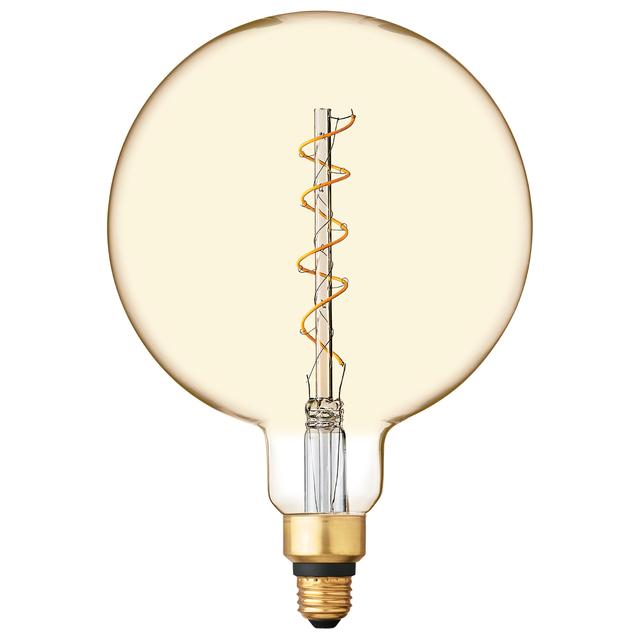When you are shopping for an LED light you have choices like warm light and daylight, but why?
When you are buying paint, most stores have several different color lights for you to look at the paint. Some change color in “daylight” lighting because of the “blue bias”. So when you go shopping for a new light bulb how do you know which one to pick?
Daylight has a purpose
Daylight color lights are popular for several reasons. For many like me, it makes a house feel brighter and more open. It can feel like the sun is shining in even if you don’t have any windows or it is gloomy outside. The problem is when it is gloomy outside and you step out, your body is confused.
Our circadian rhythm has evolved over thousands of generations to react to daylight. When the morning sun cracks, we are designed to get up and go hunt or gather food. A hundred generations from now we might be able to breed it out of us, but for now we are stuck with it. Daylight colors are considered “cool” or “bright white” by most lightbulb makers.
Warm Light
Warm light has a different effect on our bodies. Those old wire filament bulbs invented by Thomas Edisons labs gave off a “warm” almost yellow light. In an odd way it is like a fire, it calms us and gets us ready to sleep. Sunsets change the sky from “cool” to “warm” colors. I never understood why the hot sun in the middle of the day somehow gives off a “cool” blue light. The reality is that the color is a reflection from the ocean in the atmosphere. The farther you get from the ocean the more the colors change.
We think of the sunlight as yellow and warm. The trick is how all that light bounces around the atmosphere. In the early morning the light is blue, cool and crisp. That blue sky tells our bodies to wake up and start looking for our survival needs. In the evening the setting sun is red-yellow, getting us to go to sleep. For many years it was thought red light was good for night vision. While it was better than blue, it makes you sleepy. Now modern night vision is green. Since yellow and blue makes green, your night vision isn’t turned off, but there is just enough blue to keep you from falling asleep.
So You Just Want The Right Light?
As an experience designer, lighting a home is always a fun project. I have learned over the years that there is one simple set of rules that seams to work everywhere except the kitchen. Basically in all of the areas of your house where you entertain or watch TV, use a “daylight” colored light. In all of the areas you prepare for sleep or sleep in, use a “warm” tone of light.

The hard part is people who watch TV in bed. Many health experts say if you watch TV in bed you won’t sleep well. Some blame the cool light of the TV others blame it on the habit of being in bed and not sleeping. Personally I live by the rule, that if I am in bed and awake for 30 minutes or more, I leave the bedroom. I do think a warm light is better than daylight colored lights in the bedroom.
To encourage better sleep, my bedroom and bathroom have warm lights, and my kitchen has a mix. At night when I enter the kitchen and automatic light comes on very dim using a warm light. The main lights in the kitchen are “daylight” colored to help food look better, and make it easier to see. This way my 3 am milk run doesn’t try and reset my circadian rhythm and being in my bedroom doesn’t wake me up.
Its All About Blue
The “yellow” glow of warm light, and that of a wood fire, have a calming effect on our eyes. The “blue” of daylight and some UV bulbs wakes up our senses. Our circadian rhythms are effected by blue light. That’s why watching modern LED TV’s, and mobile devices before bed can make it harder to fall asleep. Thats why they make blue blocker glasses. Why not just install “warm” lights in areas where your normally start your wind down for bed?
